See Atlas’s General Electric Dash 8-40B in Santa Fe colors in operation on Model Railroader’s Wisconsin & Southern staff layout! […]
Check out Atlas’s re-released HO scale GE Dash 8-40B
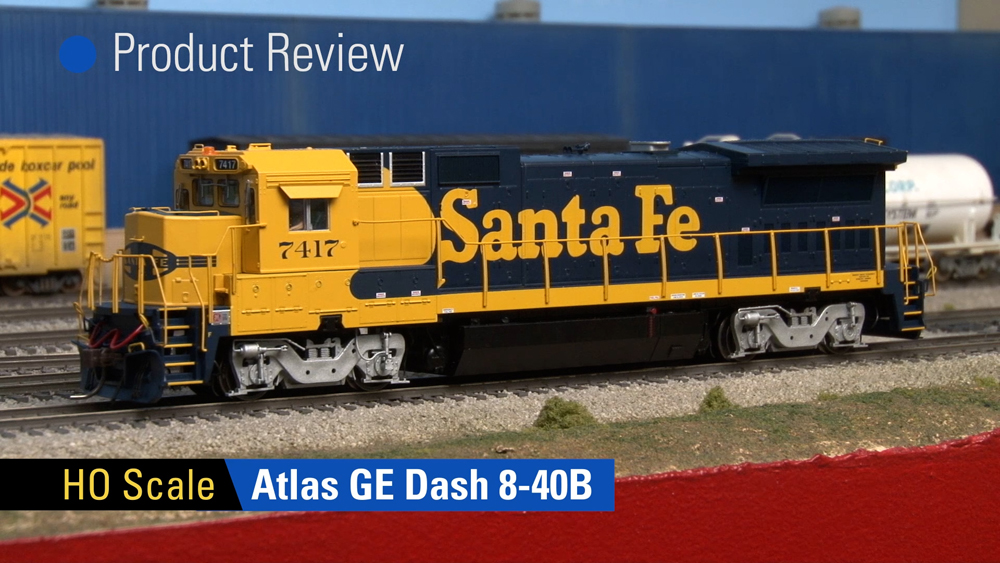
Trains.com is undergoing website maintenance that is expected to last approximately two weeks. Click here to learn more.

See Atlas’s General Electric Dash 8-40B in Santa Fe colors in operation on Model Railroader’s Wisconsin & Southern staff layout! […]
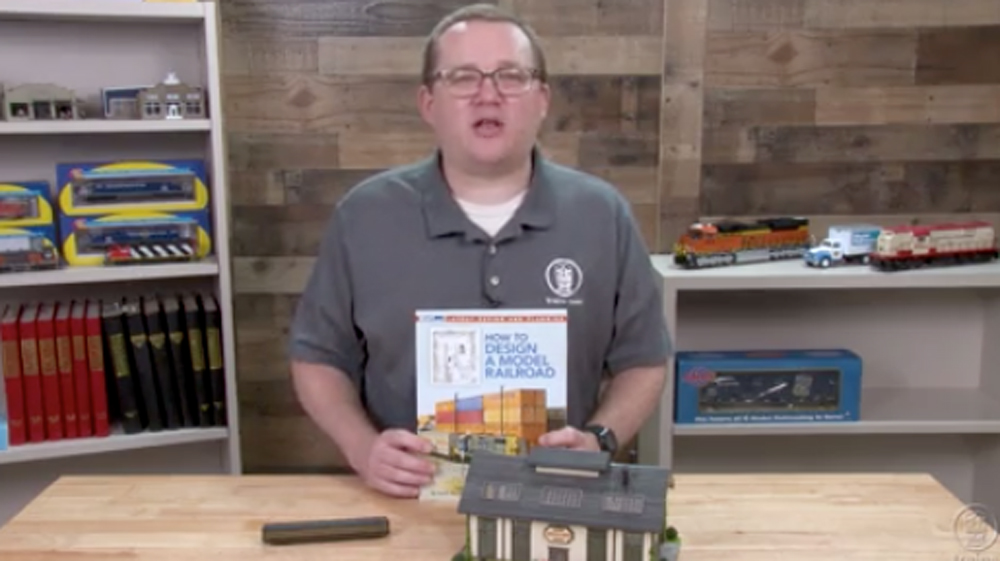
Cody Grivno has returned for episode 271 of Cody’s office, and today he’s looking over a new Pullman-Standard coach, an engine works structure from Menards, and a book by Lance Mindheim! Cody also offers modeling tips, and answers some viewer questions. You don’t want to miss this! […]
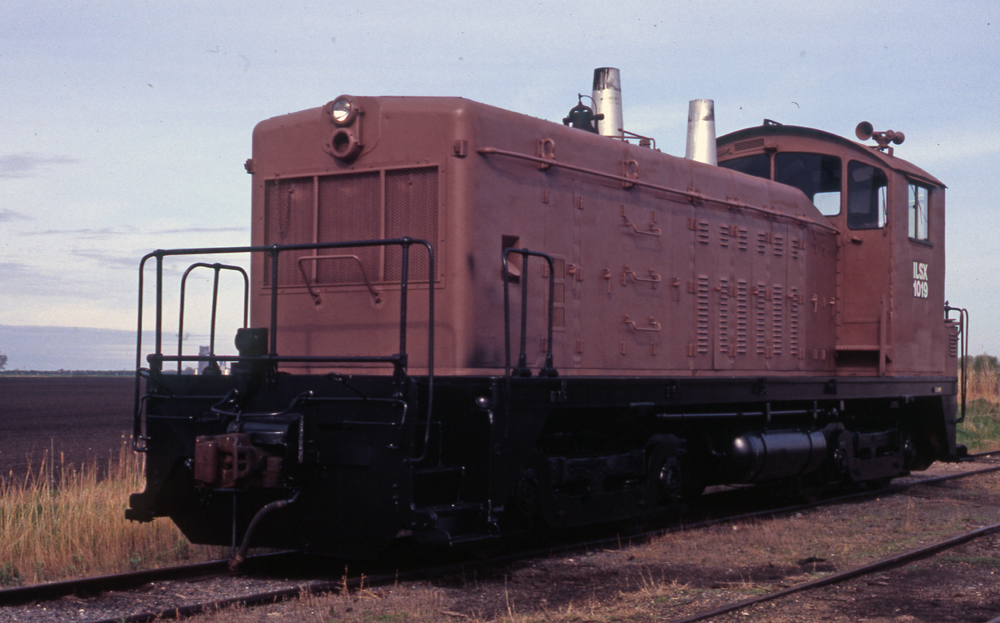
Independent Locomotive Service (ILSX) and KBN Inc. became co-owners of my hometown railroad, the Minnesota Northern (MNN), in August 2000. Since taking over the short line from RailAmerica, the railroad’s fleet of MNN-painted and lettered diesels has been supplemented with assorted lease units from ILSX. Everything from Electro-Motive Division (EMD) SW1s to SD40T-2s have been […]
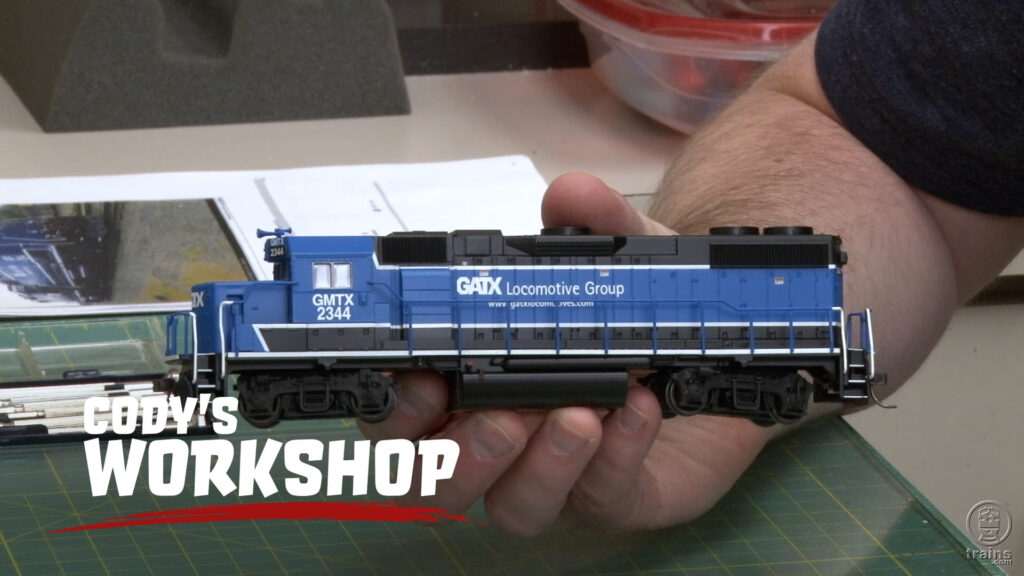
From adding grab irons to installing hood details to painting the parts, Cody Grivno shares how he finished his HO scale Atlas Trainmasters EMD GP38-2 diesel locomotive without breaking the bank. Watch all the steps detailed in this video, and then read the story in the September 2021 issue of Model Railroader magazine. […]
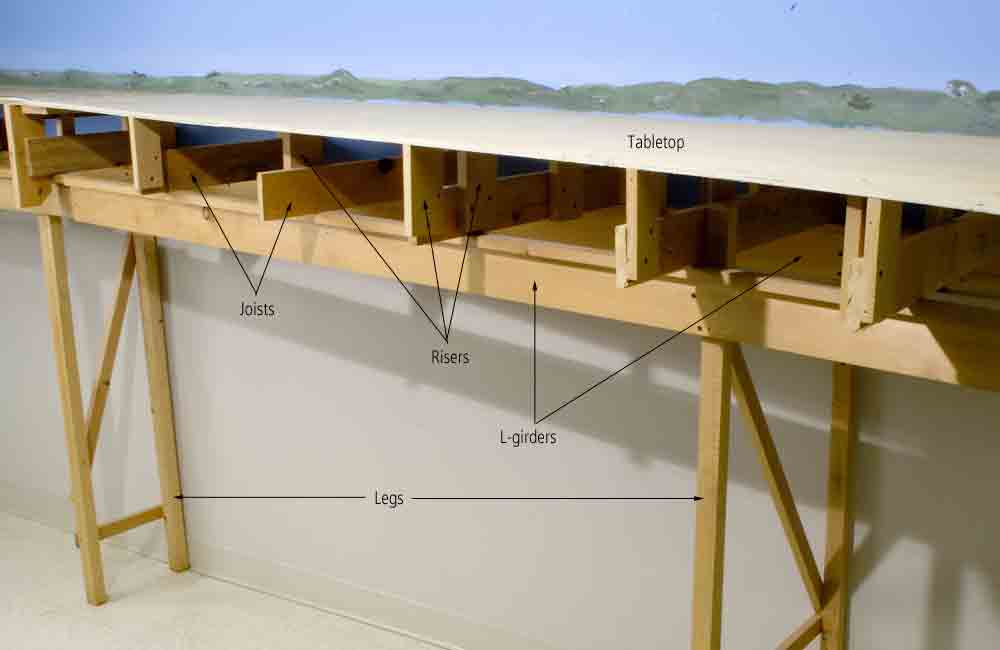
Q: When building benchwork for a model railroad 24 inches deep by 6 feet long, how far apart should the L-girders be from each other? I was studying the graphic drawing of benchwork on the top of page 91 in the book Popular Model Railroads You Can Build (Kalmbach Books, 1977, out of print), and […]
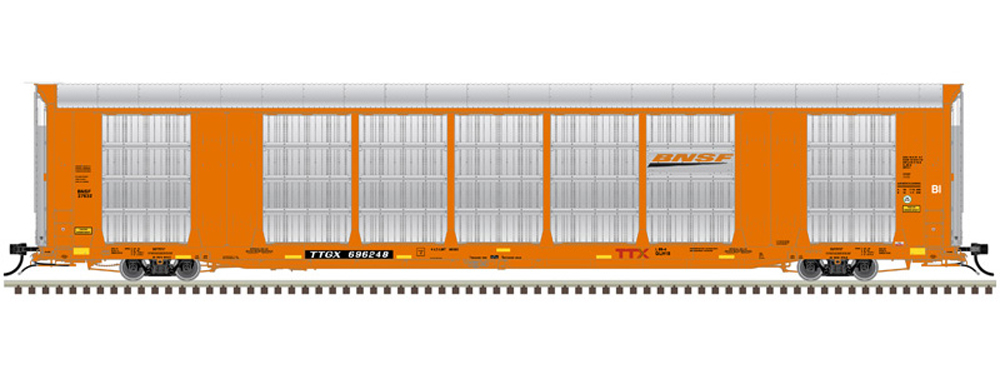
Product news Model railroad operators and builders can get the latest information about locomotives, freight cars, passenger cars, tools, track, and more by reading Model Railroader’s frequent product updates. Here are the products Model Railroader editors have news on for the week of July 29, 2021. HO scale locomotives Canadian National GP9RM diesel locomotive kit. […]
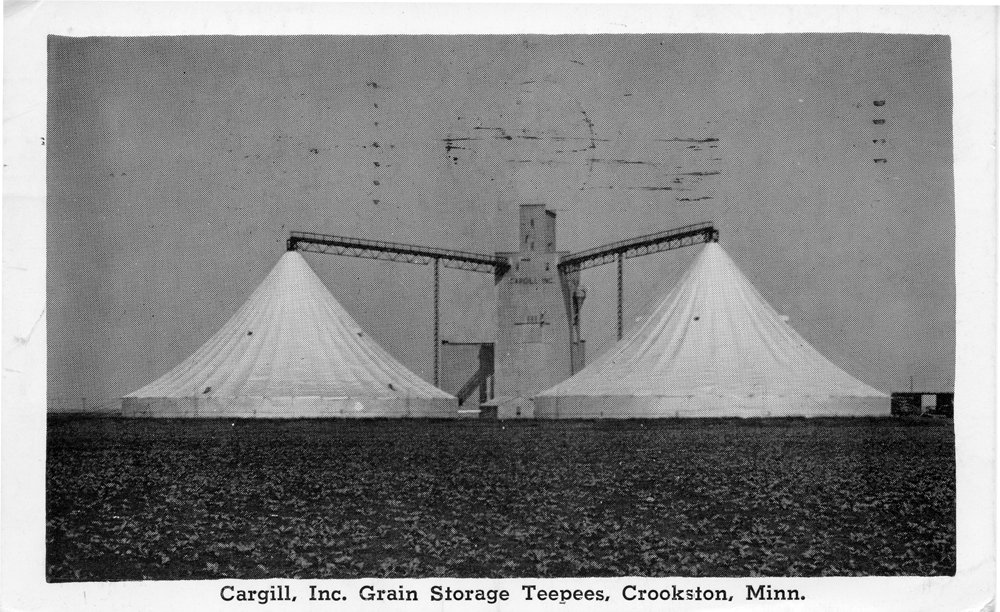
Welcome to the final installment in our three-part series “Modeling from postcards.” This time, we’ll take a look at cards that show two of Crookston’s rail-served industries. Welcome to Wilds. In 1964, Cargill Inc. built a grain elevator at the south end of Crookston near the station sign Wilds. In addition to the main elevator, […]
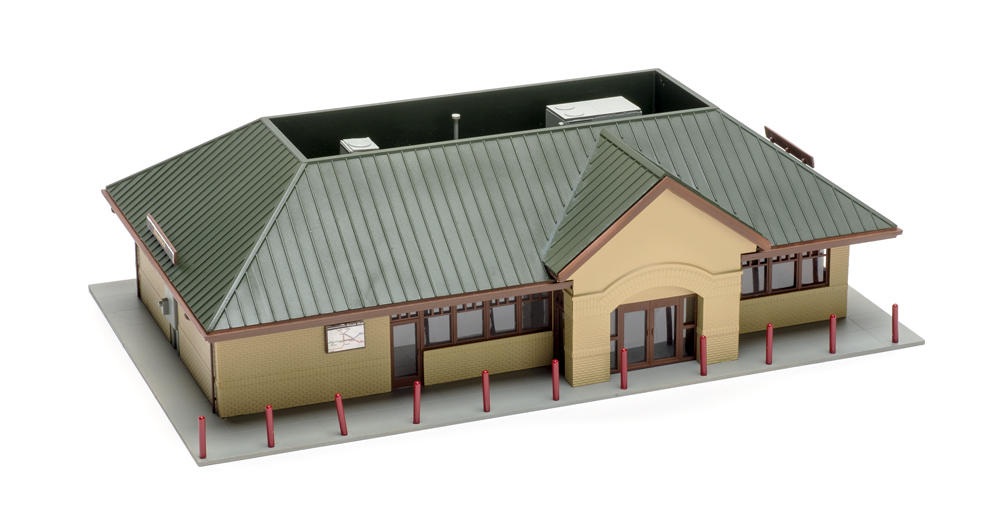
If you’re in the market for a station to accompany a passenger line on your layout, this kit may be the perfect addition you’ve been waiting for. The Walthers Cornerstone HO scale Modern Suburban Station is a relatively quick and easy build, and the end result is a clean, modern station with lots of room […]
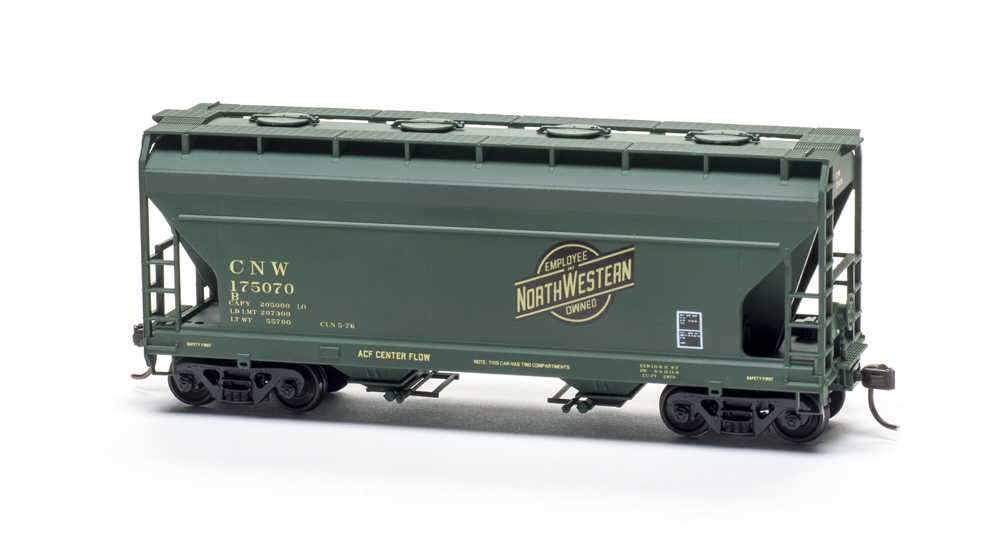
Accurail, well-known for its line of HO scale freight car kits, has added a new model to its product range, the American Car & Foundry (ACF) 2,970-cubicfoot capacity two-bay Center Flow covered hopper. The injection-molded plastic car features a mix of molded and separately applied parts, two-piece pneumatic-gravity discharge gates, and Accumate couplers. Prototype background. […]
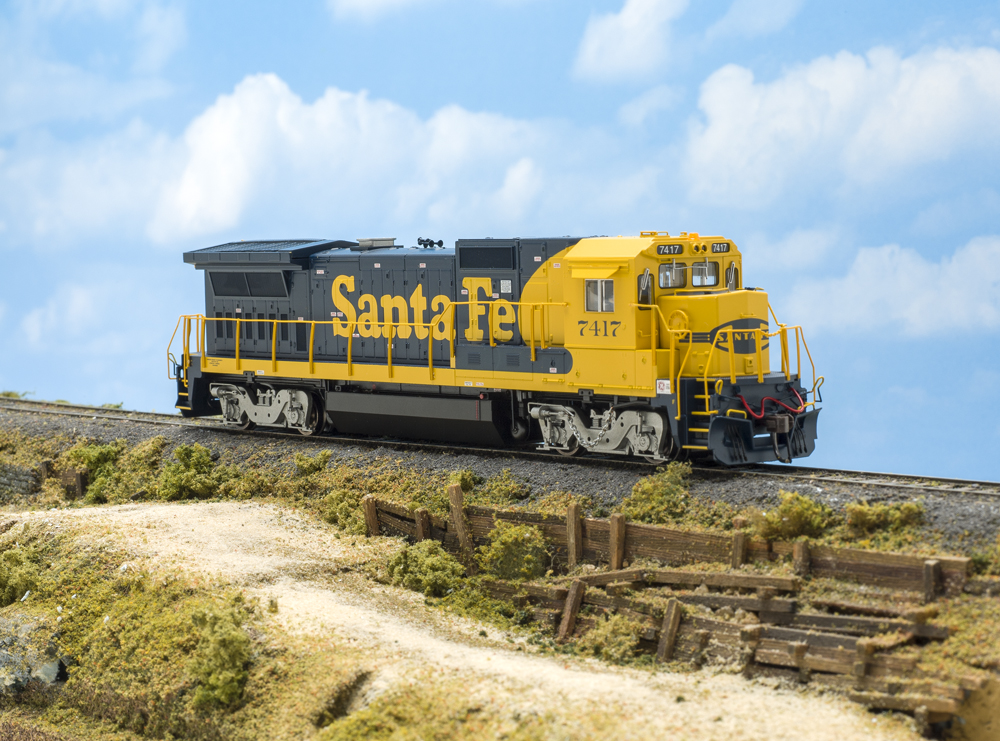
Atlas is back with its General Electric Dash 8-40B, originally released in 2001. The new model is now available with an Electronic Solutions Ulm (ESU) LokSound dual-mode decoder. General Electric (GE) built 151 Dash 8-40B locomotives in 1988 and 1989 for Atchison, Topeka & Santa Fe; Conrail; New York, Susquehanna & Western; St. Louis Southwestern […]
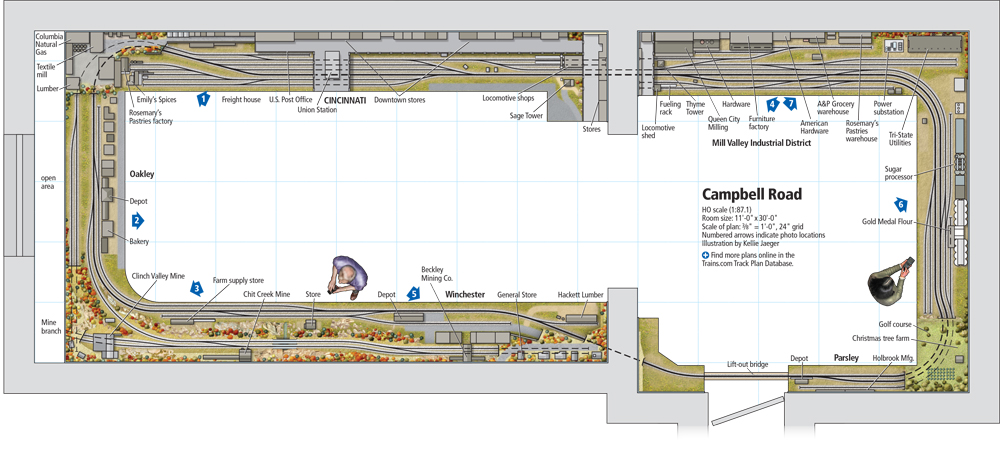
The layout at a glance Name: Campbell Road Scale: HO (1:87.1) Size: 11 x 30 feet Prototype: freelanced, Norfolk & Western, and Louisville & Nashville Locale: Cincinnati, Ohio, to Appalachia Era: autumn 1942-1945 Style: around-the-walls Mainline run: 82 feet Minimum radius: 22″ (main), 18″ (sidings) Minimum turnout: no. 4 Maximum grade: 2.5 percent Benchwork: open […]
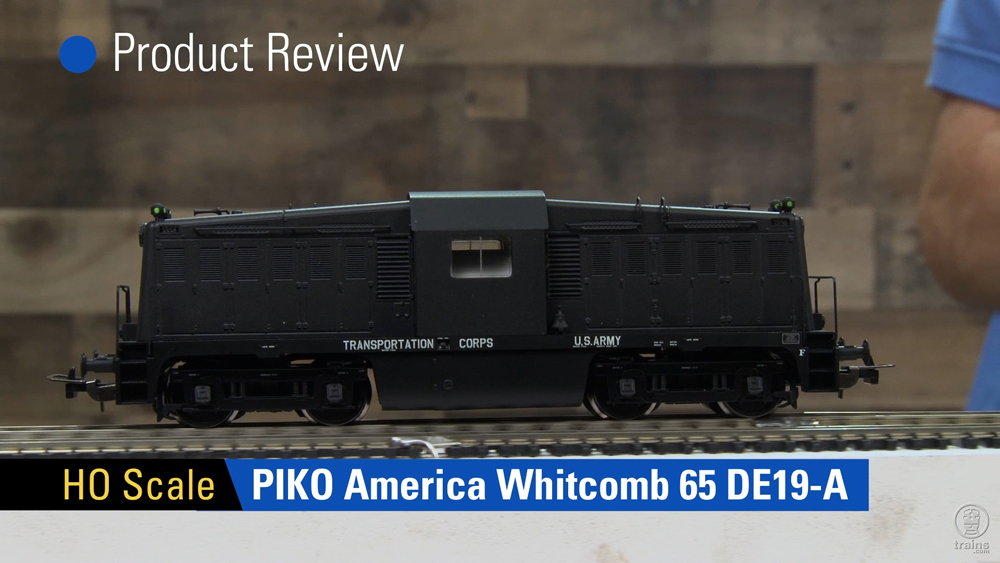
In this Rapid Review, we take a look at and listen to Piko’s new European prototype model, and talk about the upcoming U.S. prototype release. […]